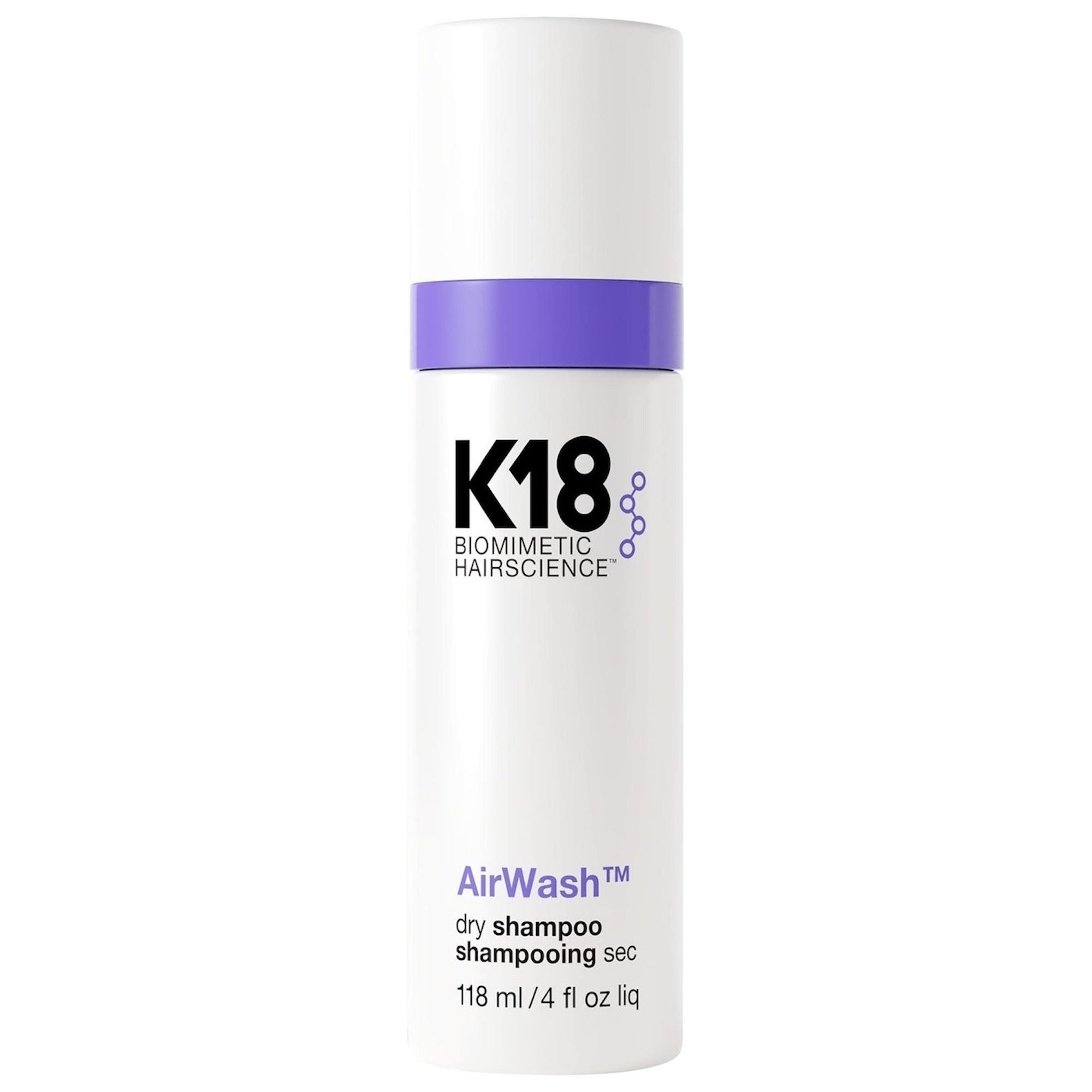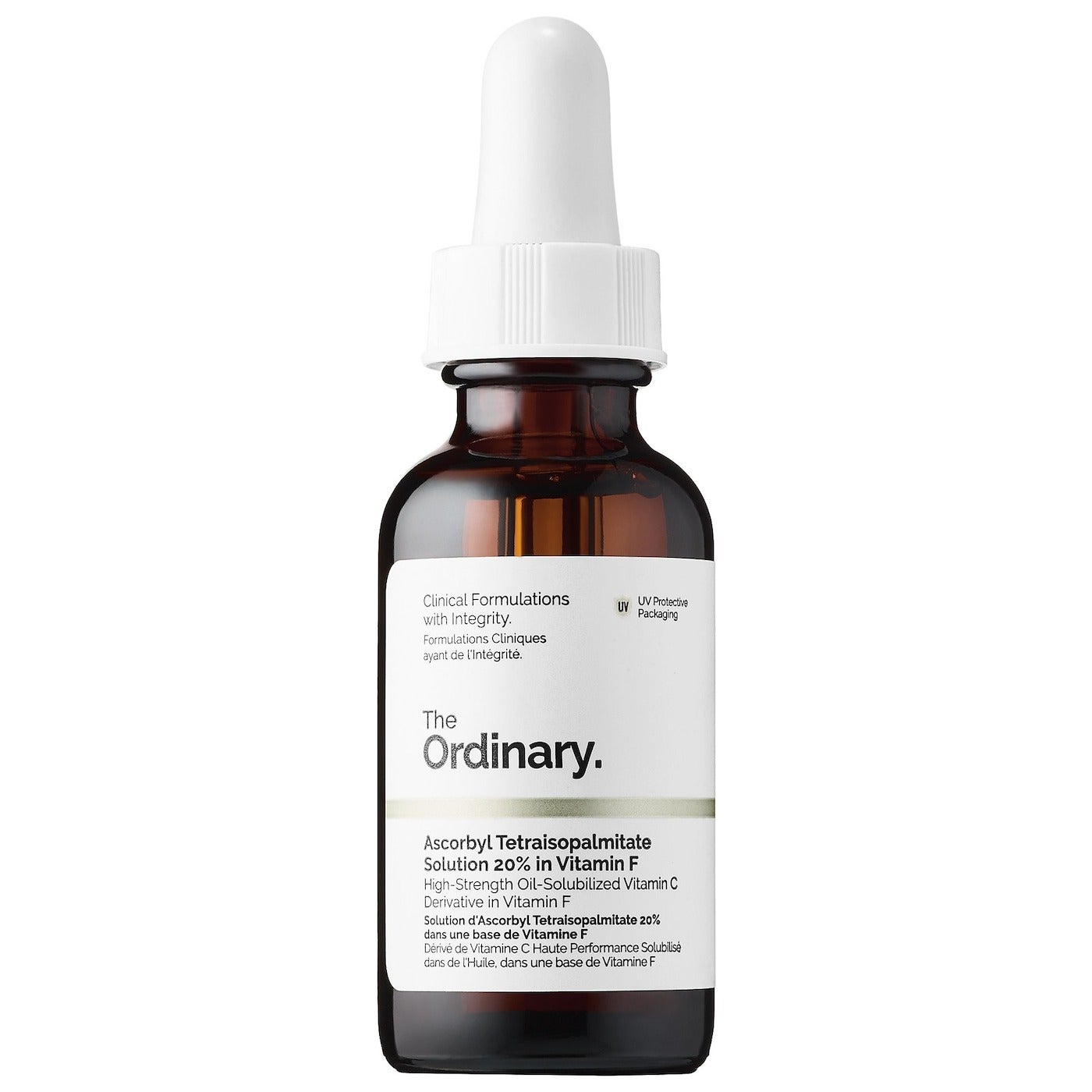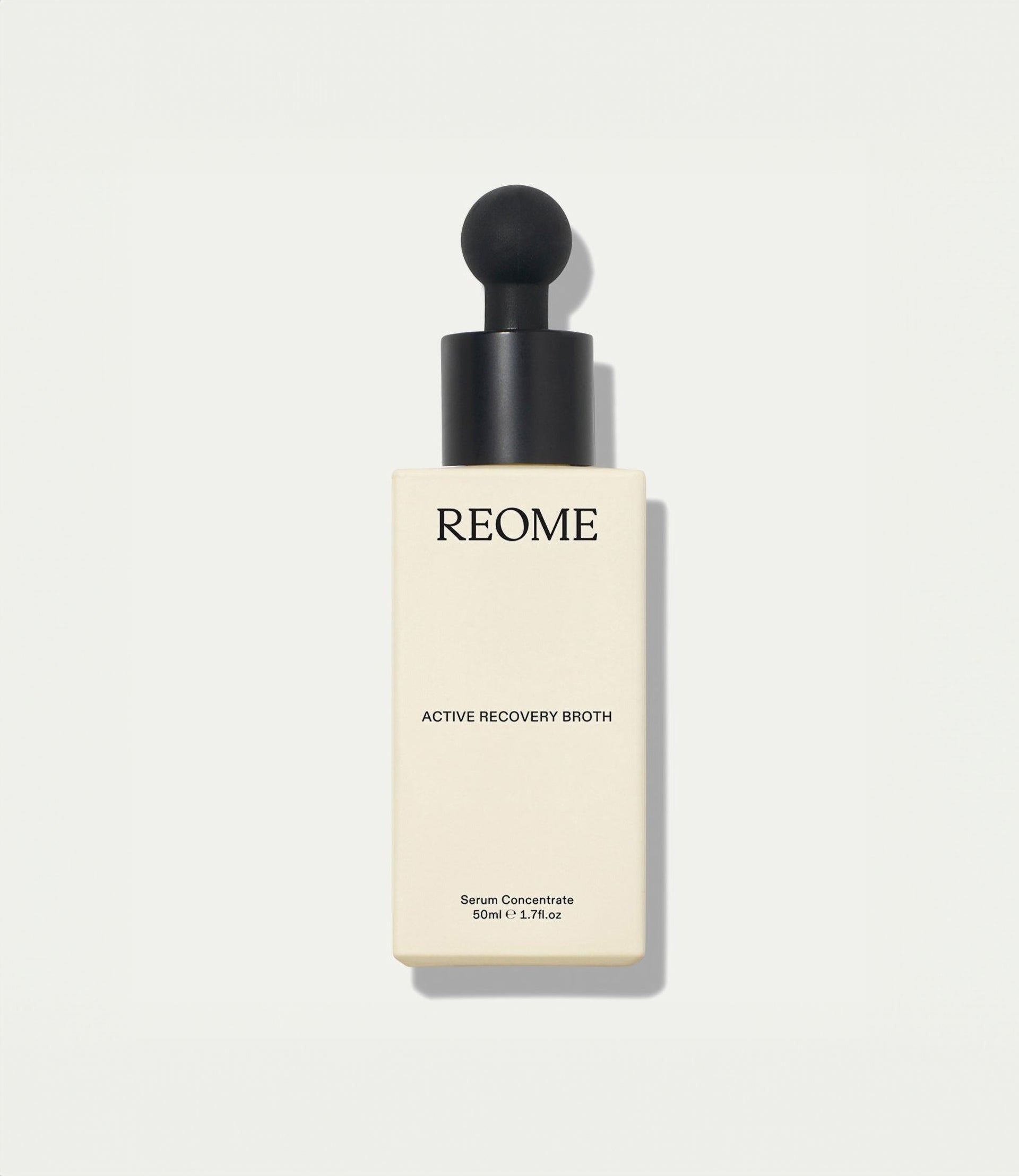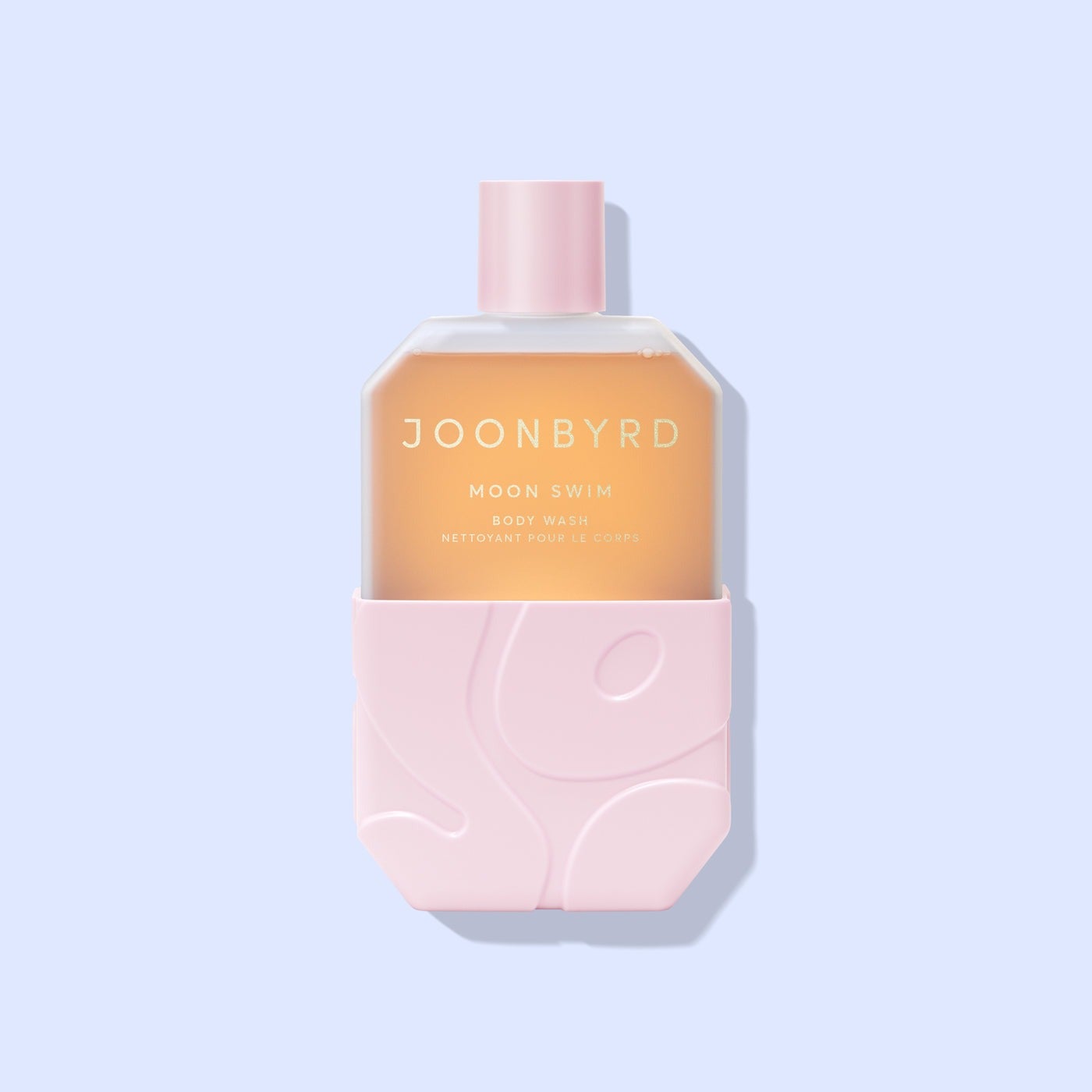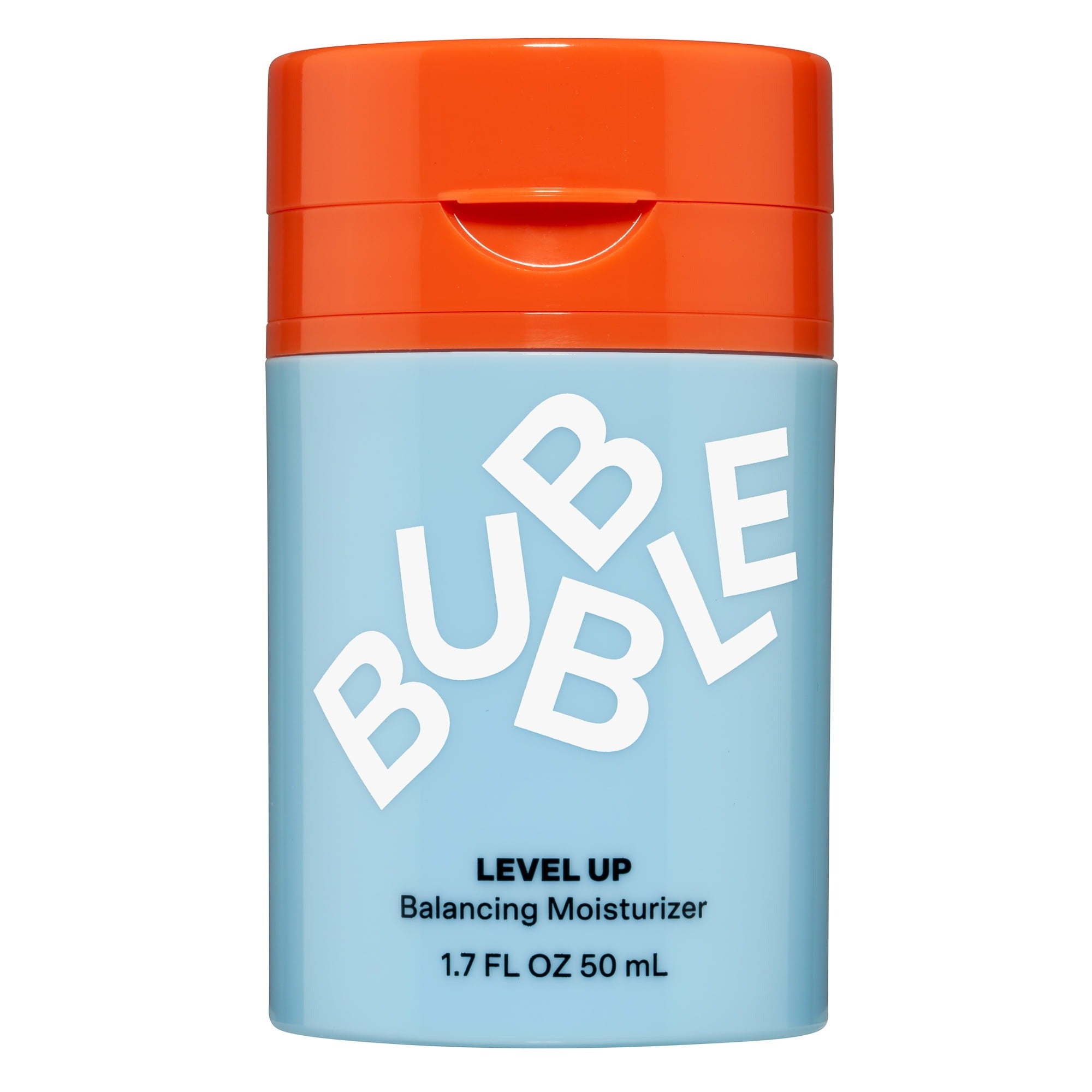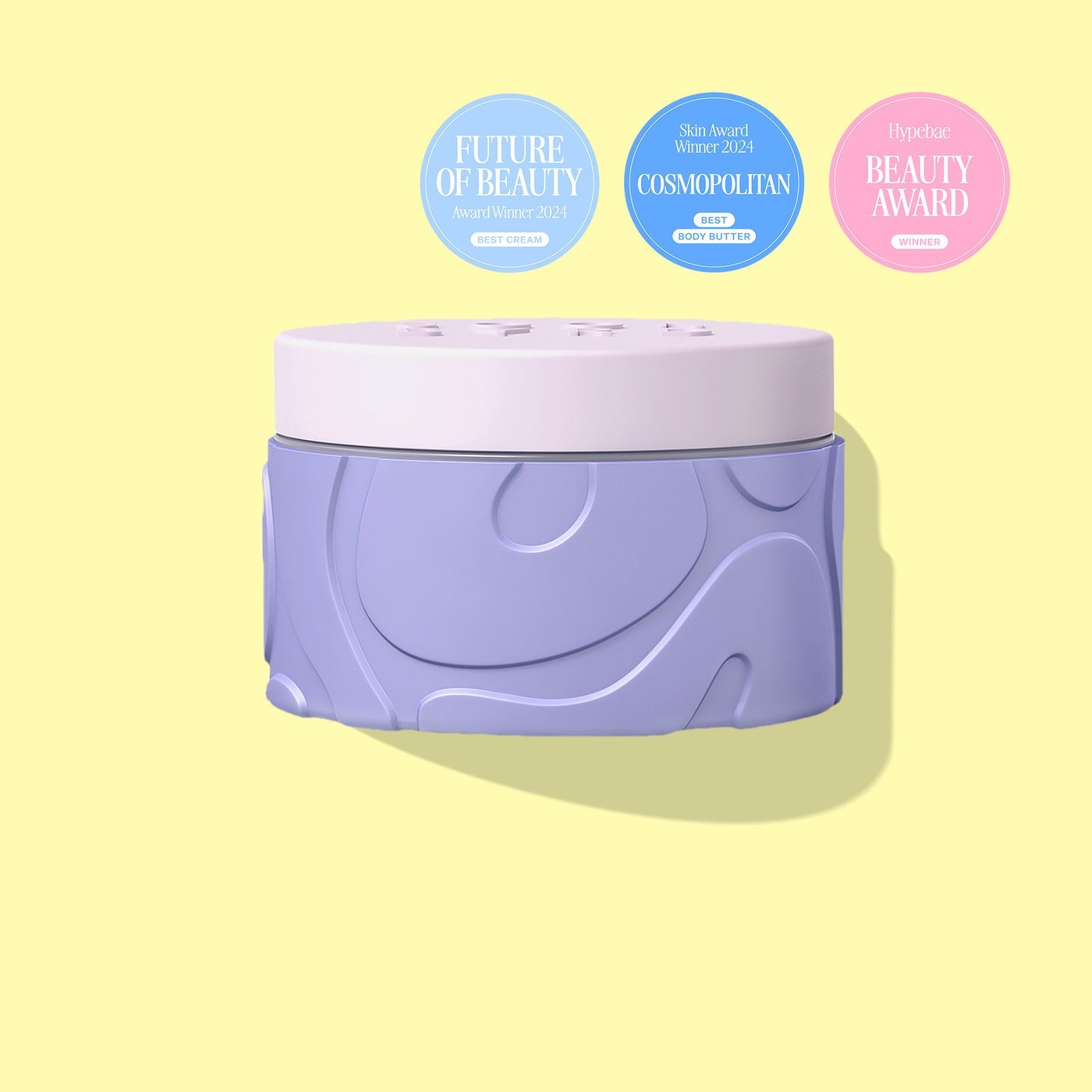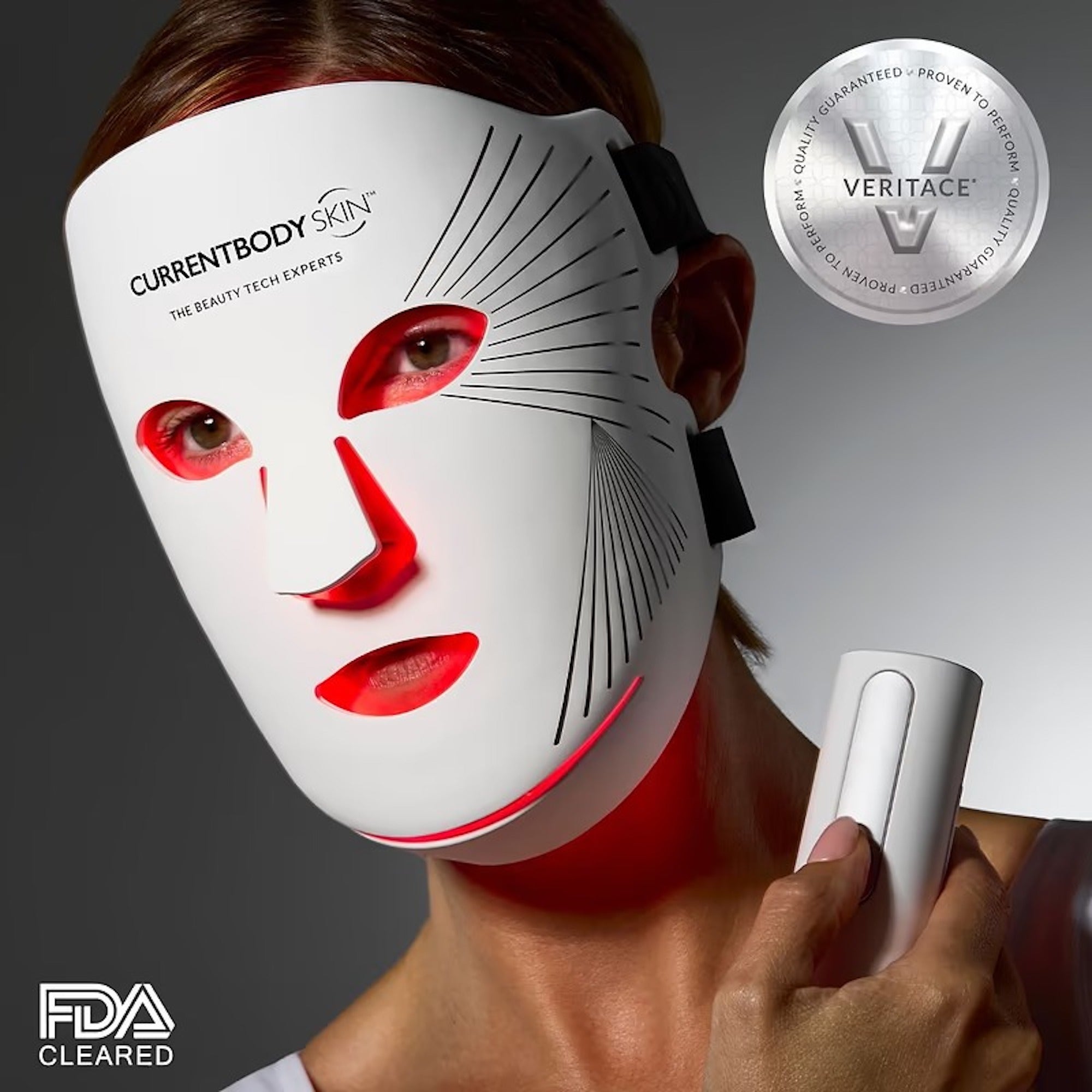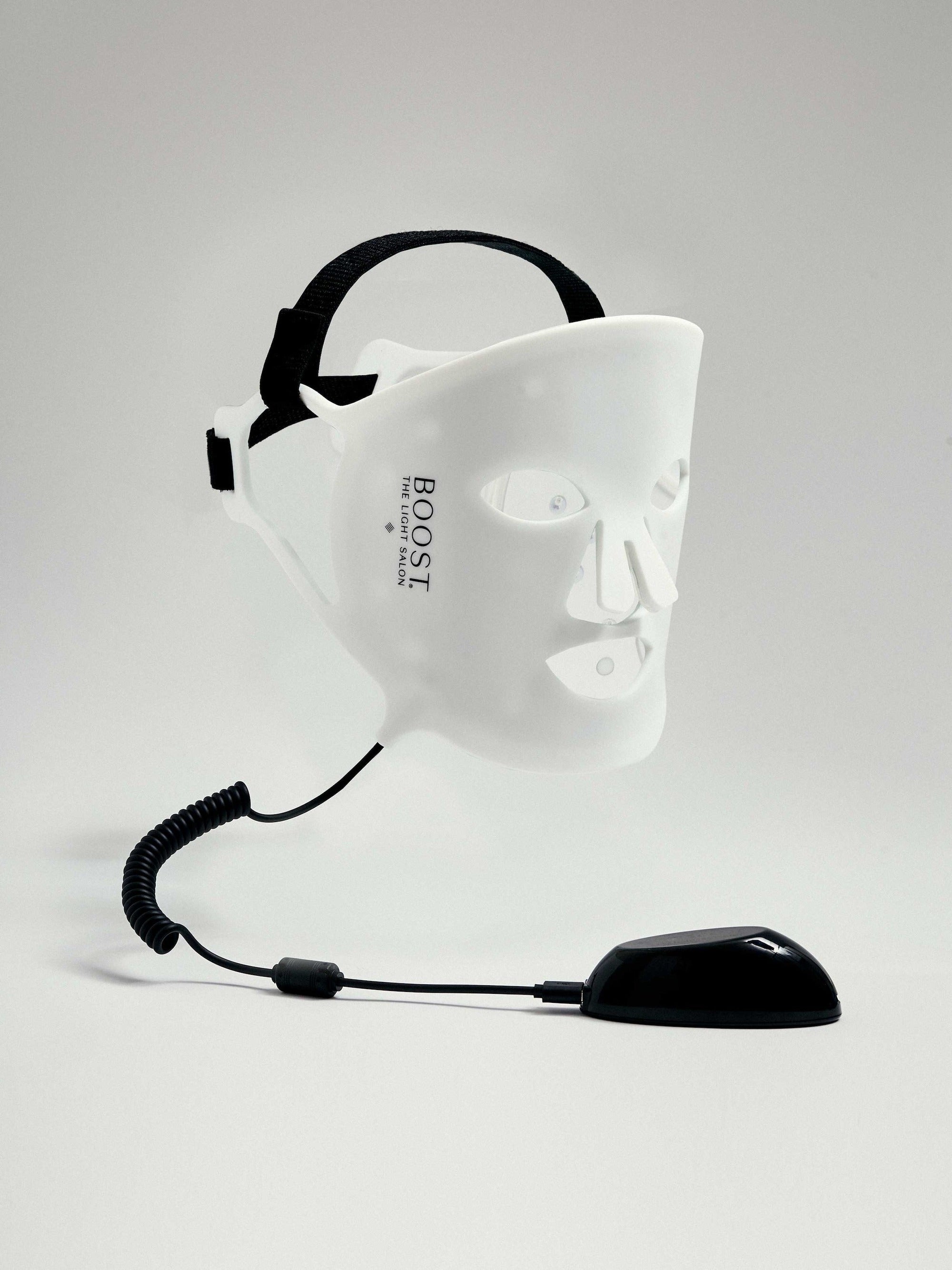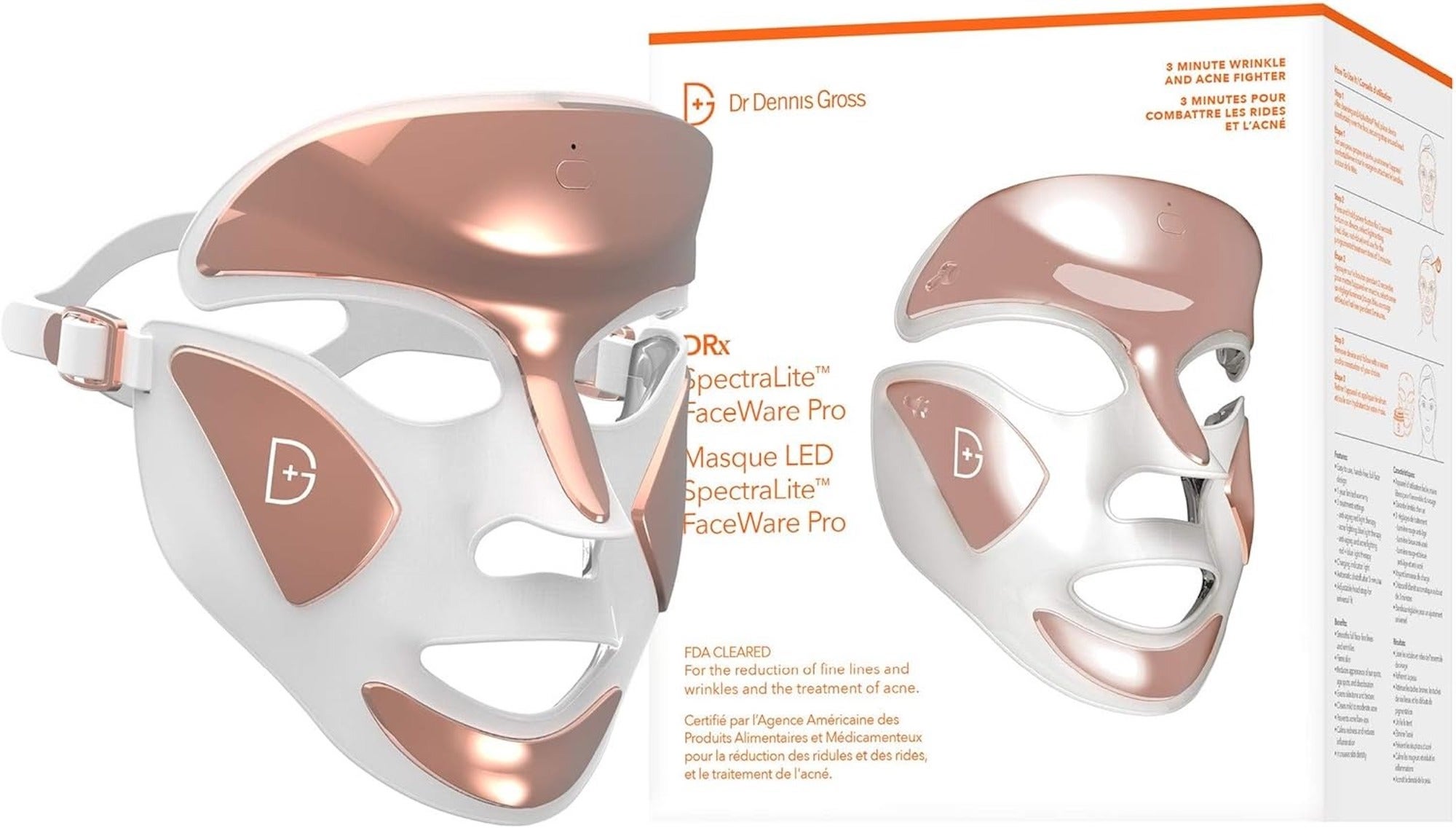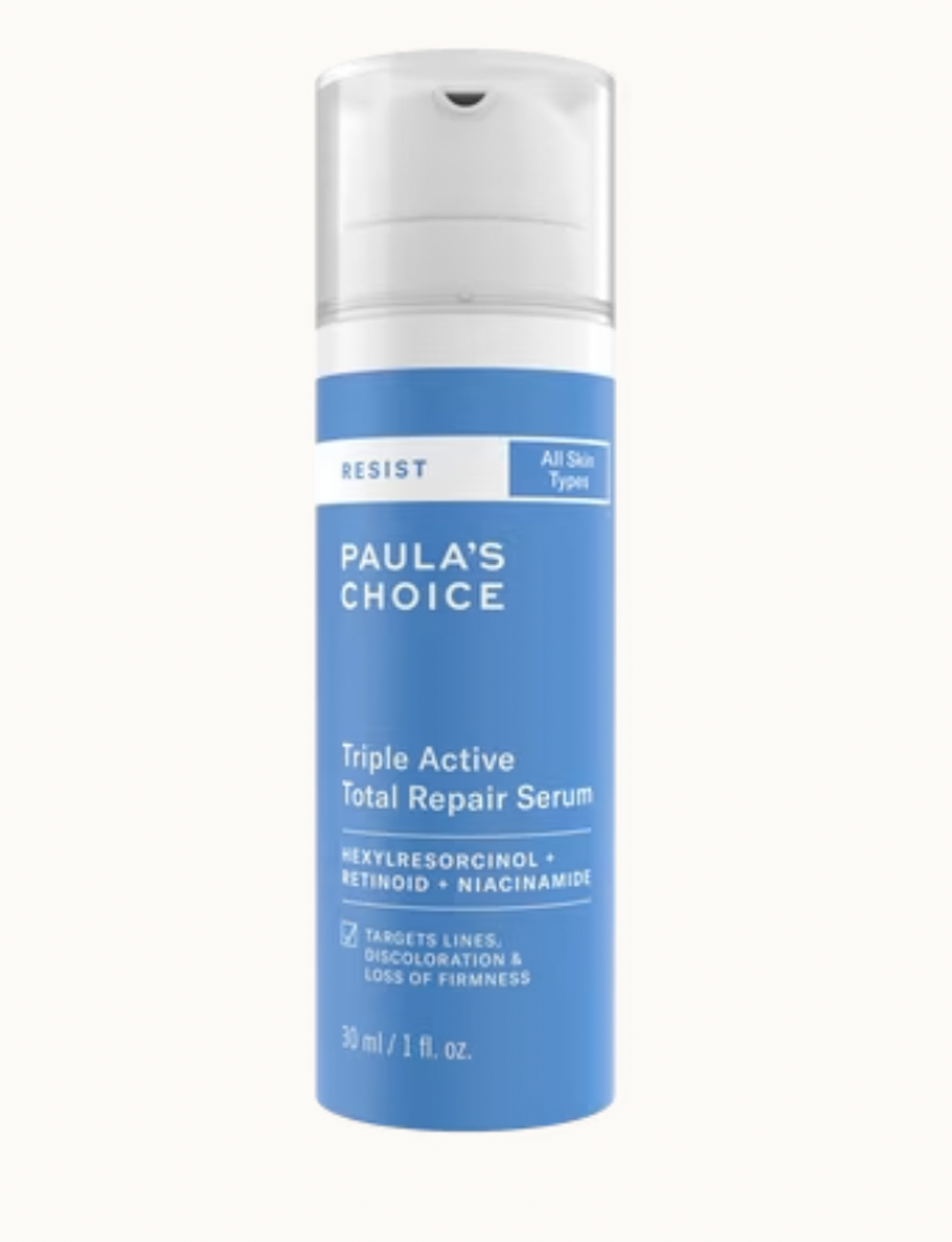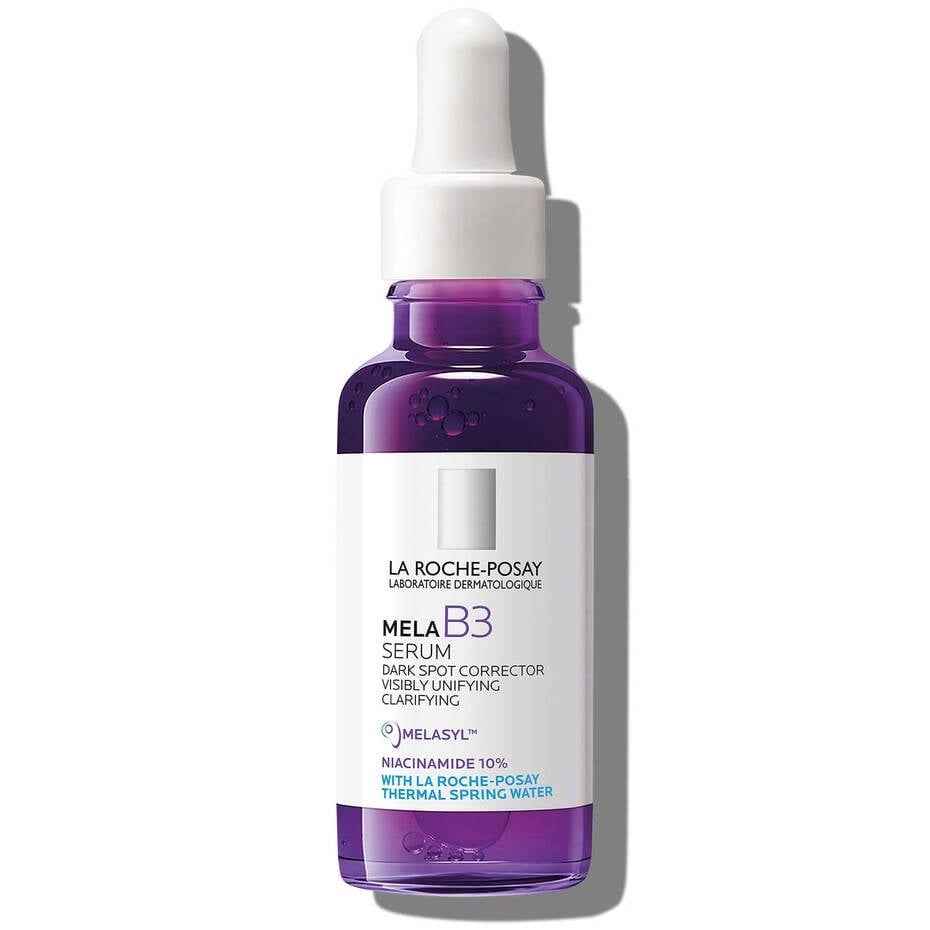8 New Skincare Trends That’ll Be Everywhere In 2025
All linked products are independently selected by our editors. If you purchase any of these products, we may earn a commission.
Photographed by Kate Anglestein.
The skincare industry never sleeps. At the cutting edge of beauty science and innovation, new launches and smart technologies arrive at breakneck speed, with even celebrities getting in on the action. And it's in no danger of slowing down, especially now that thanks to Reddit and TikTok, more of us are skincare-savvy and know our retinoids from our exosomes.
As such, brands have less license to fob us off with marketing spiel. We're keen to understand the hard science behind each and every ingredient — but being tuned in doesn't mean we're averse to buzzy trends. From LED devices to holistic facials, here are eight skincare movements to watch out for in 2025, according to the experts.
AdvertisementADVERTISEMENT
Biotech boffinry
One thing that brands like Reome, Bioeffect and K18 have in common is that their skin and hair care feature lab-grown ingredients — a process known as biotechnology. Not only is this more sustainable than harvesting natural ingredients the traditional way (the “naturals versus synthetics” debate is now far less black and white) but it could be better for your skin, too.
Reome's Active Recovery Broth, $141, uses bio-ferments: ingredients taken from natural materials that then go through a fermentation process. This means that the serum works like a probiotic, treating inflammation and keeping the skin barrier healthy and happy. The Ordinary's Ascorbyl Tetraisopalmitate Solution 20% in Vitamin F, $20.50, boasts lab-made ascorbyl tetraisopalmitate, an oil-based form of brightening vitamin C that's absorbed more easily and doesn't irritate the skin compared to other forms of vitamin C.
You heard it here first: Biotechnology is the future of skincare.
Wellness-based, doctor-led brands
As opposed to the many clinical, doctor-led brands on the market, there’s a growing shift towards wellness-driven skincare. This takes its cue from the psychodermatology movement, which highlights the close connection between mental health and skin health. “Given the strong link between the mind and the skin, many of us are also practicing mindful [skincare], where the ritual of applying products is linked to a sensory experience such as aromatherapy or massage for maximum relaxation,” notes consultant dermatologist Dr. Jonathan Kentley.
AdvertisementADVERTISEMENT
An early adopter in this space is consultant dermatologist Dr. Alexis Granite, who recently launched skincare range Joonbyrd, a brand with mood-boosting scents like cashmere, musk and jasmine. While effective and cheaper than visiting a dermatologist, doctor-led brands aren’t the most affordable option for everyone. The next best thing we’ve found is Bubble Skincare, which boasts similarly bright, playful packaging and purse-friendly, science-backed formulas.
The “anti-injectables” era
“Pillow face” is a term that gained traction on TikTok after a handful of viral videos, including one from creator Layla K. Saleh, claimed that fillers never fully dissolve. Another video by Rochel Leah highlighted celebrities who had seemingly overdone the filler, resulting in a puffy appearance. This has made us rethink the future of fillers, not to mention questionable trends like preventative Botox. Lots of experts are leaning towards traditional holistic methods and at-home devices such as ZIIP Halo, $399, for a more refreshed yet natural look.
Facial acupuncture is one such skincare treatment seeing a resurgence. Used in Traditional Chinese Medicine (TCM) for centuries, it’s a minimally invasive treatment that involves inserting fine needles into specific points on the face in a bid to improve circulation, stimulate collagen production and deliver a more youthful glow. A handful of studies suggest it has skin-rejuvenating properties, too.
AdvertisementADVERTISEMENT
“There’s definitely a higher demand for facial acupuncture,” says practitioner Ka Hang Leoungk. “What’s interesting is the growing popularity among men and younger demographics, who are now using it as a preventative measure — quite a change from 10 years ago when it was mainly an older group seeking facial acupuncture for fine lines, wrinkles and toning.”
As well as acupuncture, there seems to be a growing trend for other holistic facial treatments. Yakov Gershkovich is a big name in this space thanks to his Sculptural Face Lifting (SFL) method. It’s a facial technique that goes beyond muscle tension, using targeted hand movements to release “emotional blockages”, sometimes causing clients to laugh or cry. The results, he claims, aren’t just about improving the skin’s appearance — they’re also about feeling lighter and more energetically balanced.
Introducing exosomes
Regenerative exosome-based treatments that adopt a more natural-looking approach to skin rejuvenation are going to be everywhere next year. Dr. Colette Haydon, dermopharmacist and founder of Lixirskin, explains that exosomes are tiny particles extracted from cells — specifically plant cells in skincare. These act like microscopic messengers to deliver information to other cells, instructing them to regenerate.
It’s a trend that aesthetician Dr. Ivy Igerc predicts will impact the wider skincare space. “As an expert in regenerative medicine, I can confidently say that exosomes are the closest we can get to achieving real regeneration of human cells and tissues. They are based on DNA activation to stimulate collagen production,” she says.
AdvertisementADVERTISEMENT
Gadgets are going nowhere
“[In 2025], we may see more advancements in at-home devices that offer professional-level results without the need to visit a clinic, such as light devices and easy-to-use at-home gadgets,” says Beverly Hills aesthetician Dr. Simon Ourian. Some at-home tech is even being touted as an alternative to injectables and tweakments. Brands getting a slice of the action include Shark, whose LED mask is available for £269.99. Oculoplastic reconstructive surgeon Dr. Sabrina Shah recently launched an LED mask, $321, specifically for the eye area, comprising two small masks that resemble under-eye patches. They stay on using gentle adhesive stickers that don’t block the light waves.
AI-driven diagnostics
With dermatologist appointments becoming more expensive and difficult to access, ChatGPT has proven to be an unexpected skincare guru. While it's not recommended to rely on AI for serious skin conditions such as rosacea or cystic acne, there's definitely a place for it in our general routines. Many websites like Dr. Ourian’s now offer a virtual skincare analysis where patients can answer a series of questions before being emailed a personalized list of products. Dr. Ourian tells R29 that he has noticed a shift towards skincare routines based on AI recommendations, with products and procedures tailored to individual skin types and concerns.
AdvertisementADVERTISEMENT
Earlier this year, Sephora revealed its plans to roll out Smart Skin Scan, a new skin diagnostic aimed at offering even more personalized recommendations. Dr. Kentley welcomes the rise of AI tools to help make at-home routines simpler and safer. “As a dermatologist we frequently see patients come with a carrier bag full of serums, often making their skin worse,” he notes. “As we enter 2025, ‘skinimalism’ will continue to grow, focusing on simple and efficient routines. Artificial intelligence is likely to play an important role in driving personalization by tailoring routines to individual needs, taking into account medical history, skin tone and lifestyle factors.”
Pigmentation power players
As Google queries for pigmentation continue to increase, Lookfantastic named it the third most-searched term on its site, while award-winning aesthetician Dija Ayodele’s Black Skin Directory — a platform designed to connect people with darker skin tones to skincare professionals — identified pigmentation as its top search. Happily, a host of super ingredients have emerged to address this issue.
Take malassezin, for example. “Malassezin, a natural molecule derived from the malassezia furfur fungus, has emerged as a powerful ingredient for tackling pigmentation issues like melasma and post-inflammatory hyperpigmentation,” explains Dr. Munir Somji. “It's reported to be 10 times more effective than vitamin C in reducing dark spots and [evening] skin tone with a three-pronged action: decreasing melanin production [the natural substance that gives skin its pigment], limiting melanin transfer and reducing its movement to the skin's surface.”
Malassezin is relatively new in skincare and not many brands are using it yet. In the meantime, try La Roche-Posay's MelaB3 Serum, $44.99, with melasyl, which the brand refers to as a “melanin trapper”. Paula's Choice Triple Active Total Repair Serum, $49, uses other key ingredients to work on dark spots, most notably hexylresorcinol. “Hexylresorcinol is a real powerhouse when it comes to tackling pigmentation,” notes Abi Cleeve, managing director at Ultrasun. “It's a 'one and done' solution that doesn’t skimp on UV filters or other skincare actives, giving you great results.”
AdvertisementADVERTISEMENT
Post-ink aftercare
In 2023, the global tattoo market was valued at $2.03 billion and is expected to grow to $4.83 billion by 2032. “Tattoos have become a mainstream fixture and proper aftercare — such as moisturizer and sun protection — is key to keeping your ink looking fresh,” notes Beauty Matter editor Carla Seipp.
Barker Wellness Co., created by Blink-182 drummer Travis Barker, is a new line of cannabinoid-infused skincare including a Tattoo Aftercare Duo, a balm and cream with ingredients such as soothing helichrysum oil and redness-reducing bisabolol to protect the skin barrier during the healing process. Some brands are even repurposing existing products as tattoo aftercare: Dr. Bronner’s recently promoted its Organic Lip Balm, $3.99, as a versatile option for tattoo care. Whatever your budget, it certainly beats slathering on the petroleum jelly.
AdvertisementADVERTISEMENT







